Artificial Intelligence (AI) is significantly transforming the transportation industry by improving efficiency, safety, and user experiences. Understanding how AI is shaping transportation can help businesses, governments, and individuals prepare for the future of mobility.
What is AI in Transportation?
AI in transportation refers to the use of intelligent systems such as machine learning, computer vision, and real-time data processing to enhance the planning, operation, and safety of transportation networks.
How AI Works in Transportation
AI systems analyze data from sensors, GPS, traffic cameras, and connected vehicles to make real-time decisions. By continuously learning from traffic patterns, vehicle performance, and user behaviors, AI can optimize traffic flow, assist drivers, and power autonomous vehicles.
Key AI Techniques Used
Machine Learning: Improves route optimization, traffic prediction, and vehicle performance based on historical and real-time data.
Computer Vision: Enables vehicles to recognize road signs, pedestrians, and obstacles, supporting autonomous driving.
Predictive Analytics: Anticipates maintenance needs, traffic congestion, and accident risks to prevent disruptions.
Natural Language Processing (NLP): Supports voice-controlled systems in vehicles for navigation and communication.
Benefits of Using AI in Transportation
AI enhances road safety, reduces traffic congestion, and supports the development of autonomous vehicles. It also helps optimize public transportation schedules, enables smart traffic management, and improves the passenger experience through real-time updates and personalized services.
Limitations to Keep in Mind
AI-driven transportation systems require large amounts of high-quality data, reliable infrastructure, and strict safety regulations. Human oversight and continuous monitoring are essential to ensure safe and ethical deployment.
Conclusion
AI is reshaping the transportation landscape, offering smarter, safer, and more efficient mobility solutions. By combining AI with human decision-making and robust infrastructure, the transportation sector can evolve to meet the growing demands of modern cities and global travel.


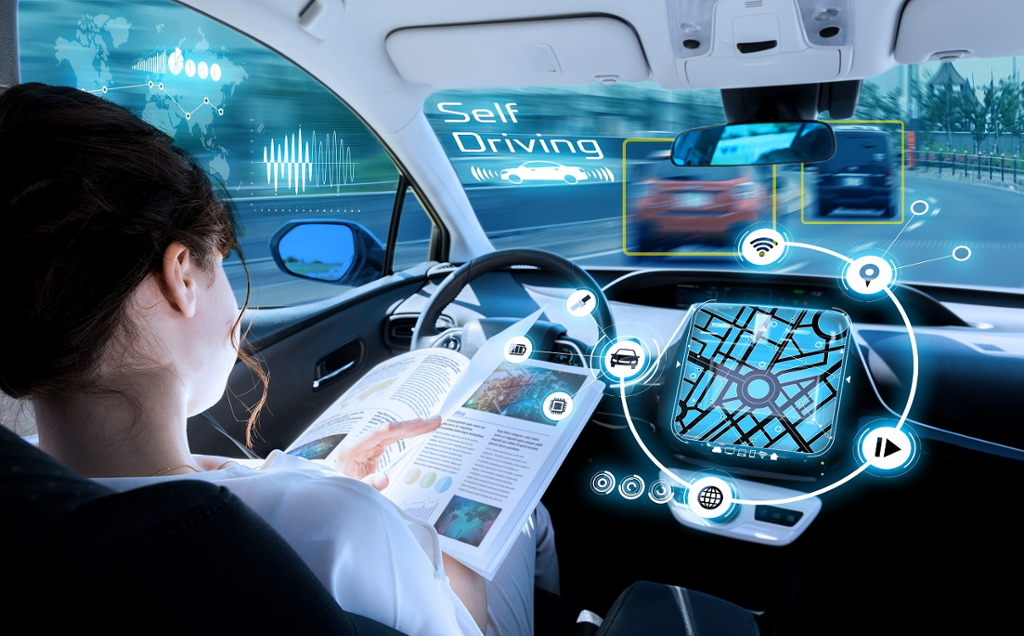
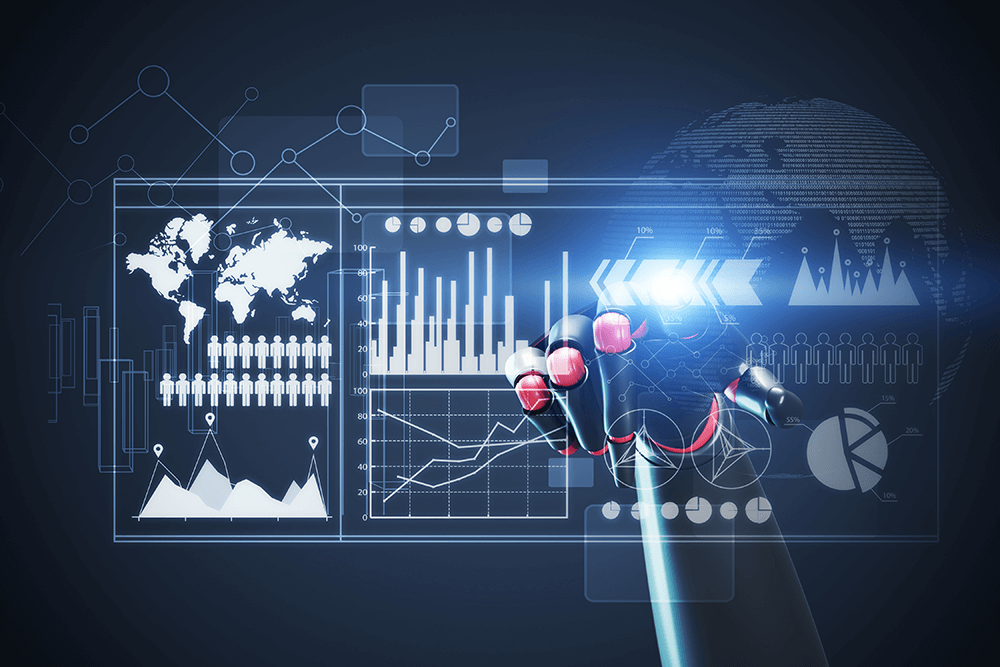
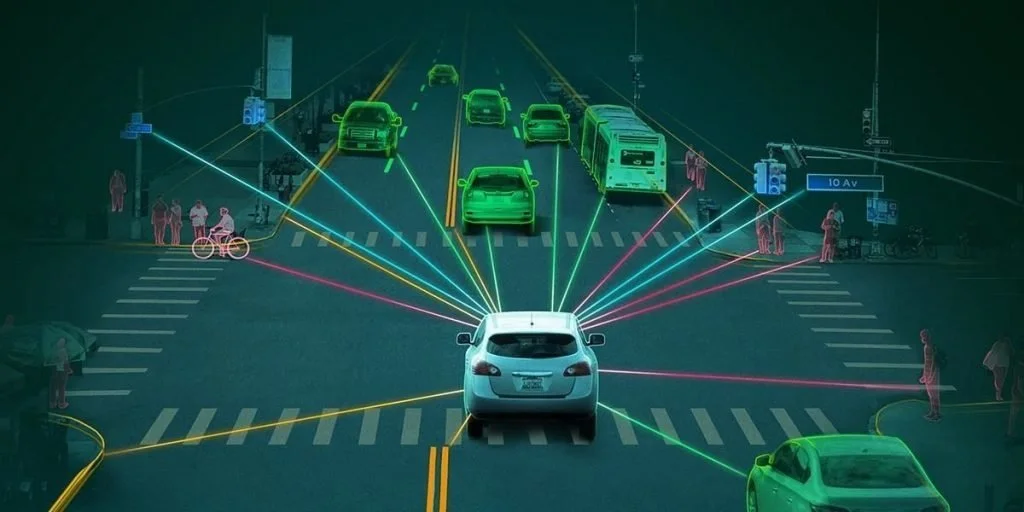
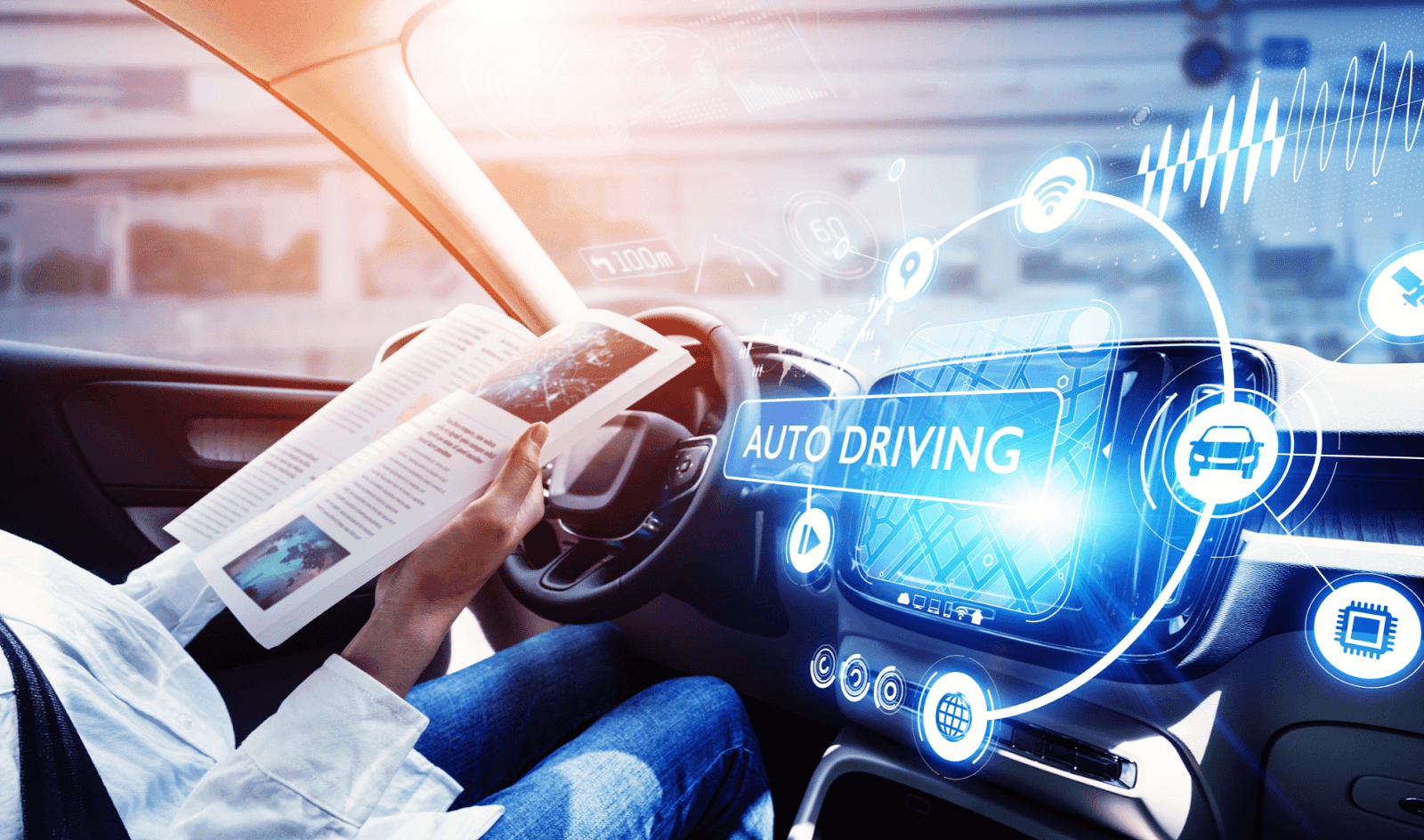
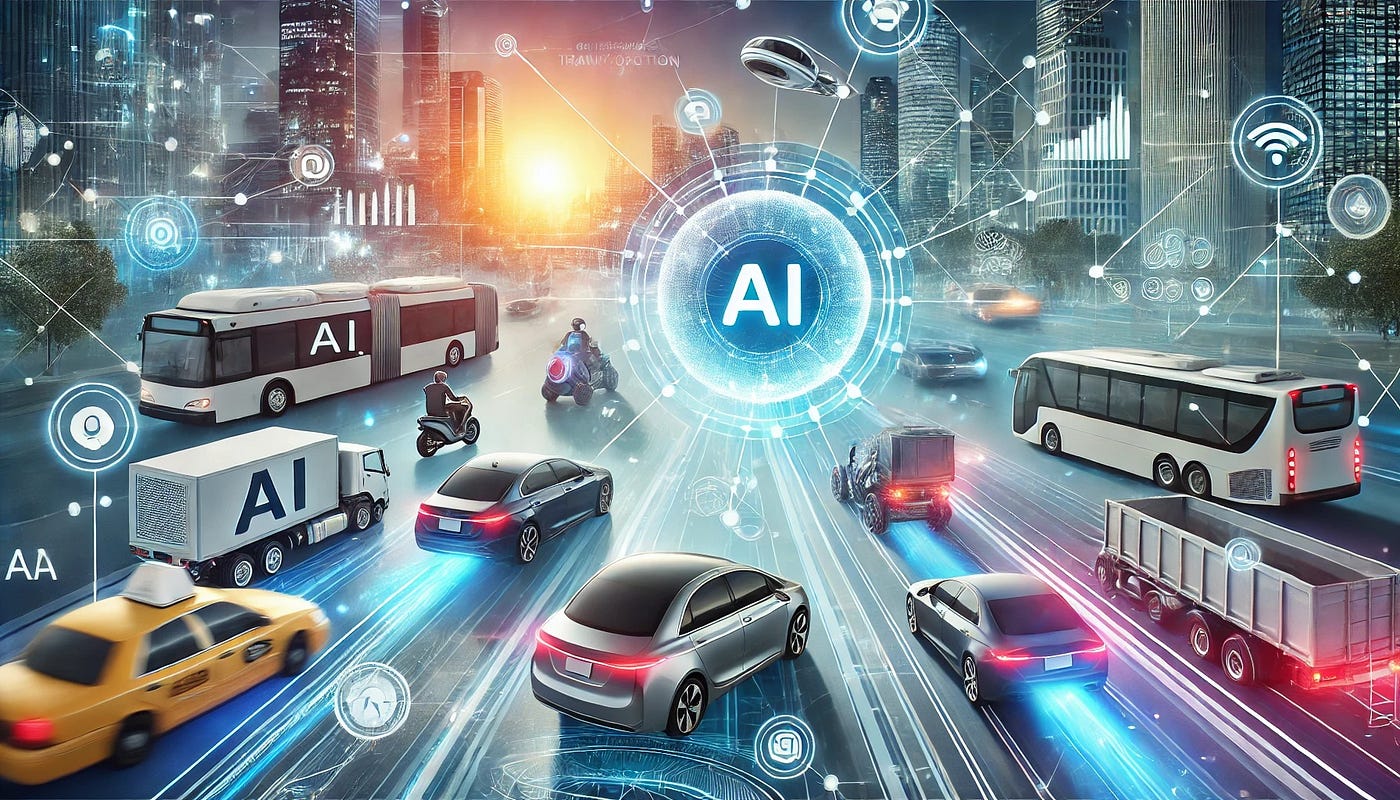
Leave feedback about this